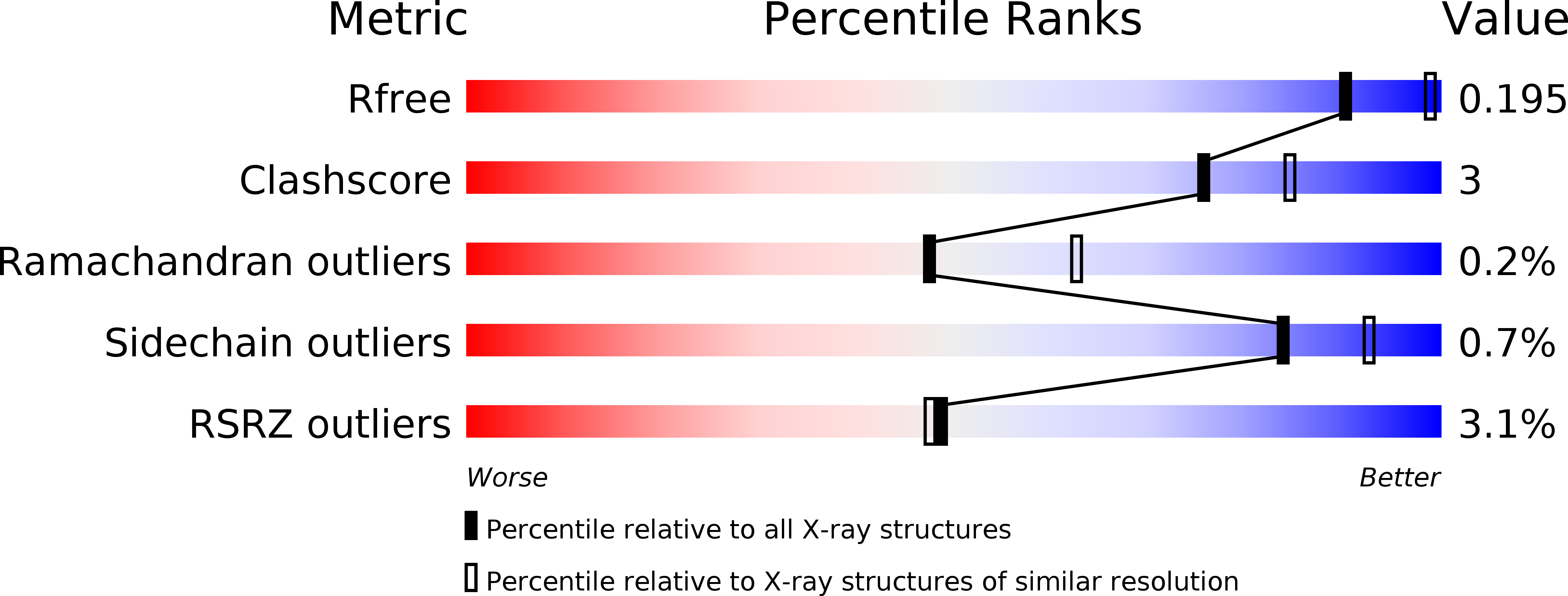
Deposition Date
2018-06-28
Release Date
2018-12-19
Last Version Date
2024-10-09
Entry Detail
PDB ID:
6DWX
Keywords:
Title:
Crystal structure of SeMet phased viral OTU domain protease from Qalyub virus
Biological Source:
Source Organism:
Qualyub virus (Taxon ID: 1810949)
Host Organism:
Method Details:
Experimental Method:
Resolution:
2.40 Å
R-Value Free:
0.19
R-Value Work:
0.17
R-Value Observed:
0.17
Space Group:
P 32 2 1


